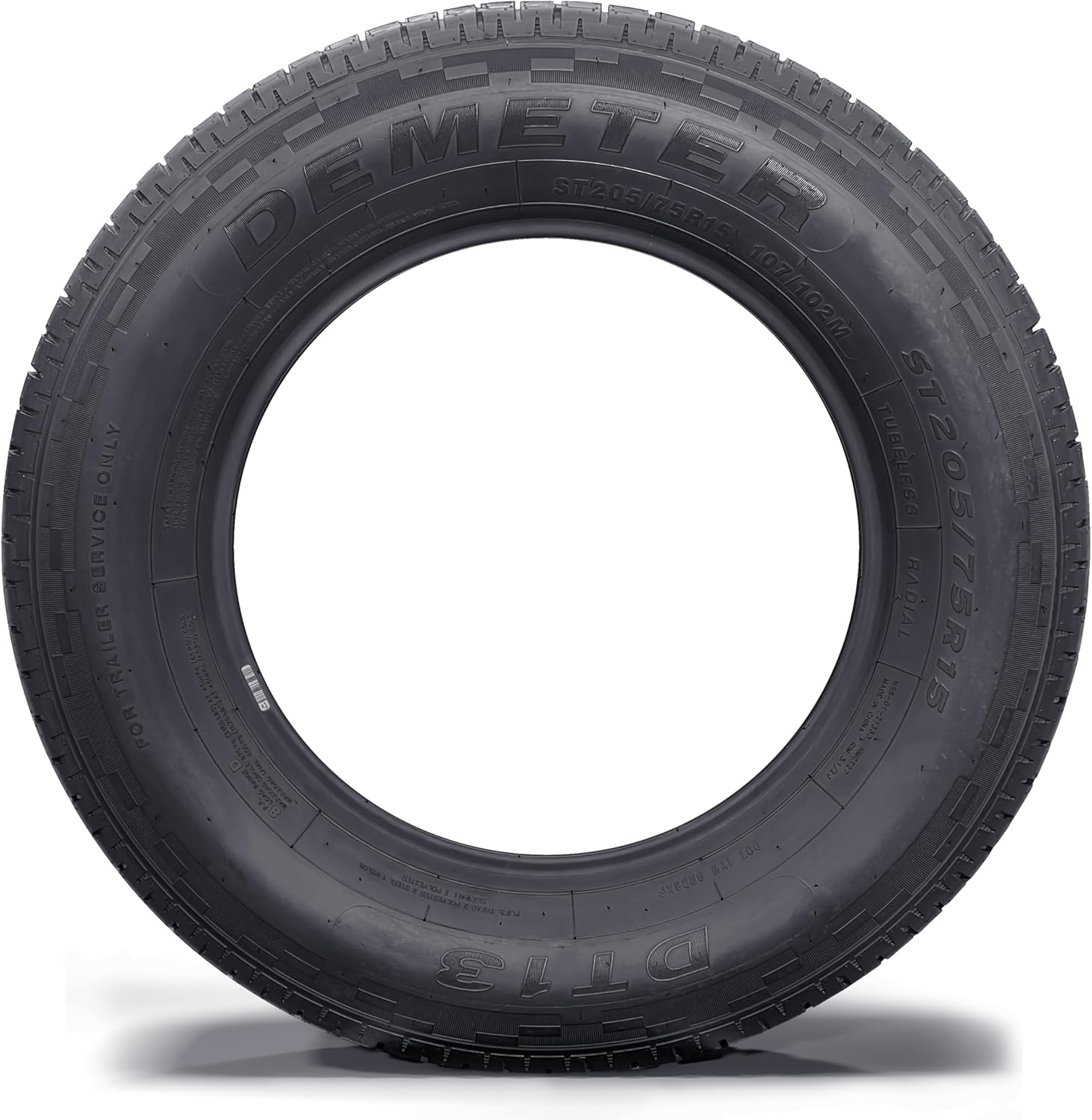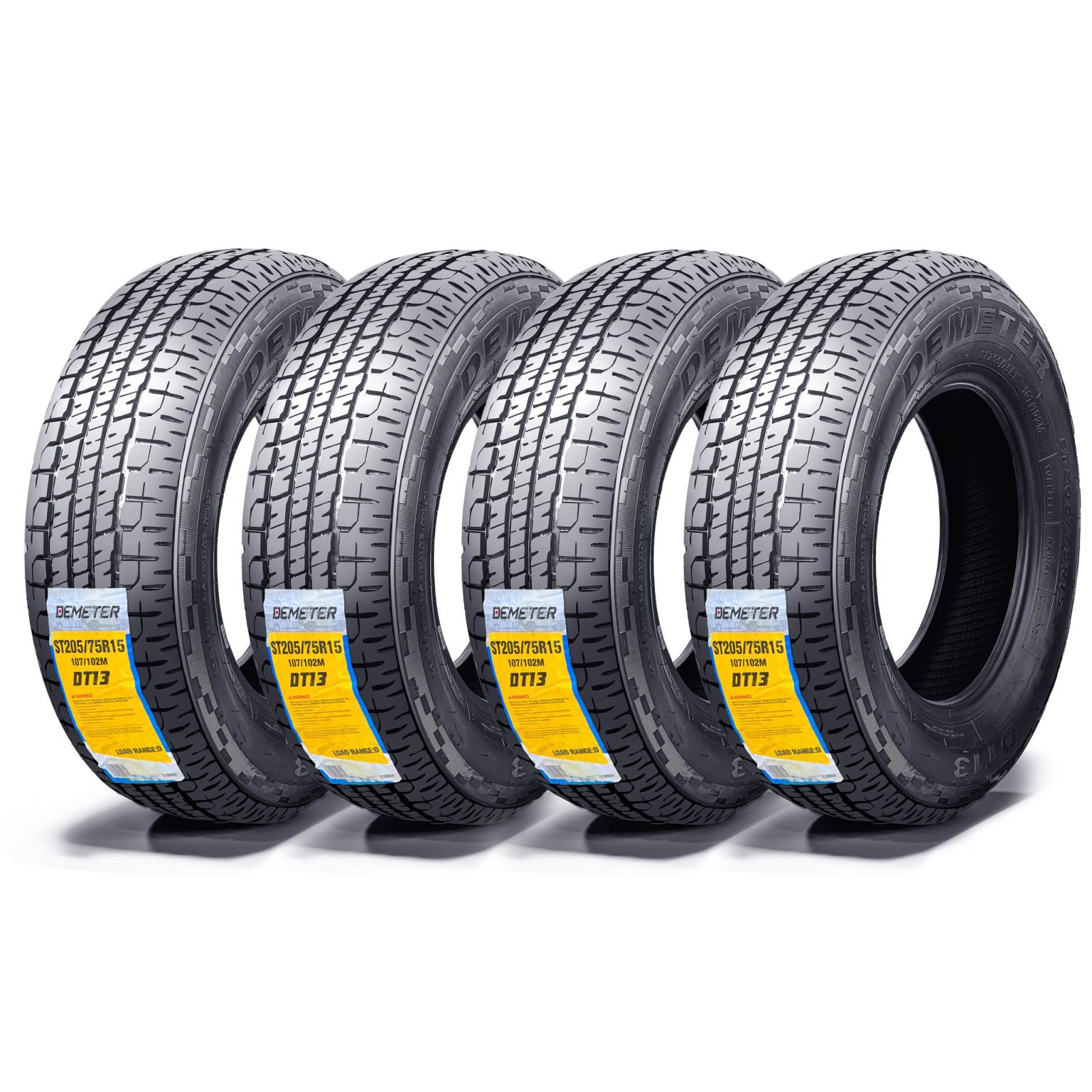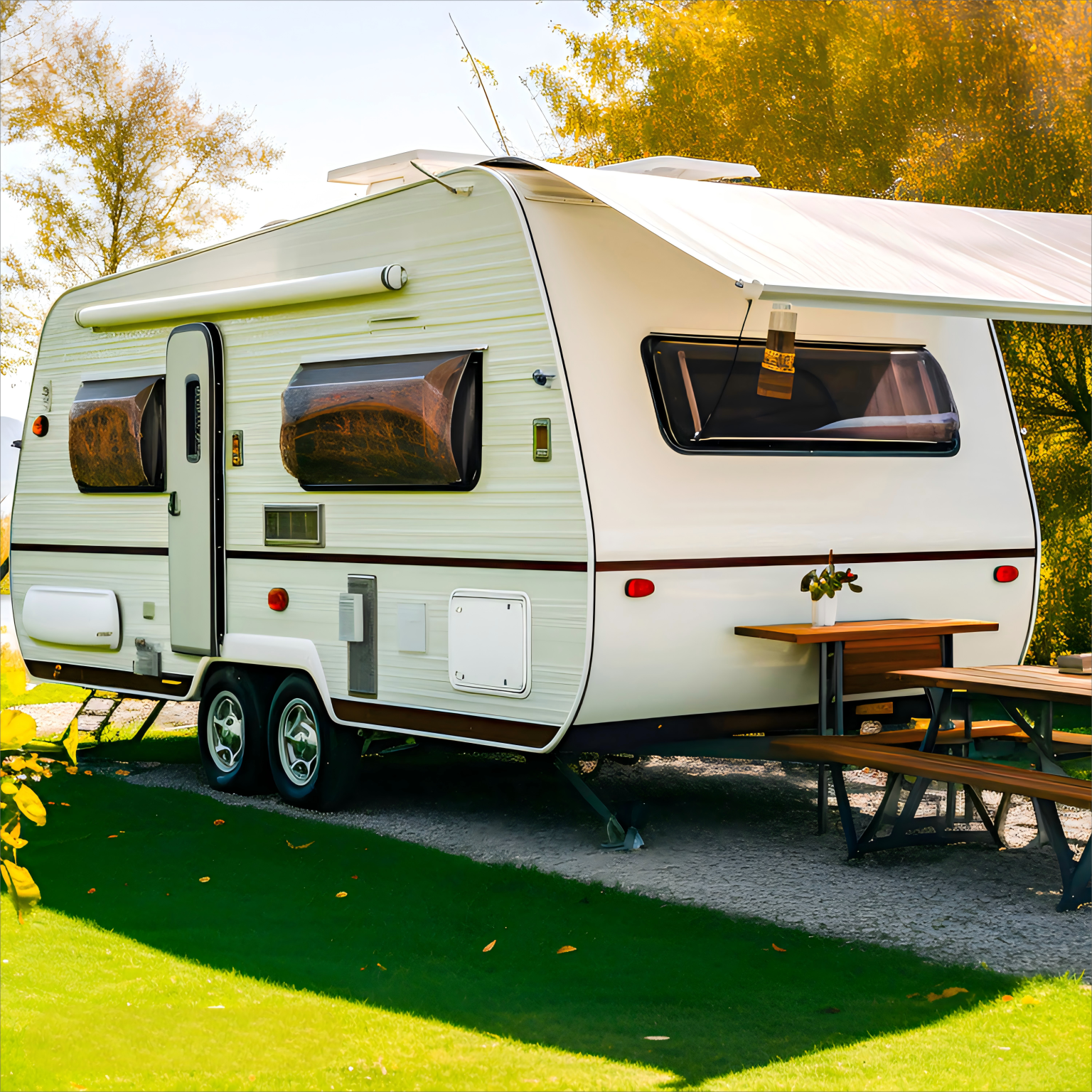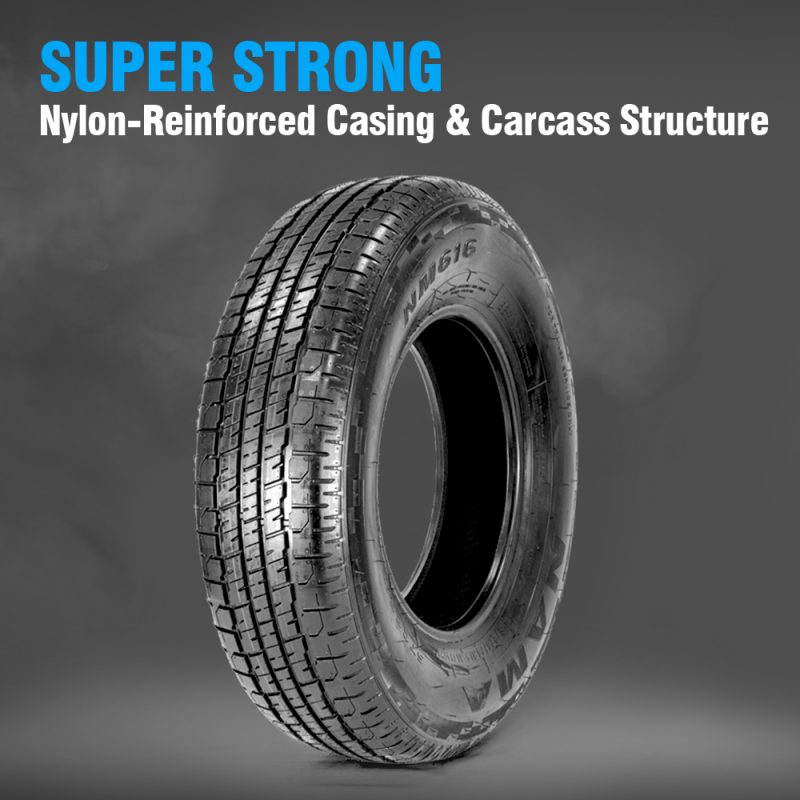If you’ve ever been on the road and thought, “Hmmm, don’t my trailer tires look a little worn?” That’s right, trailer tires, like any other type of tire, need to be monitored regularly. A problem with your trailer tires can lead to a blowout, an accident, or trailer damage, so it’s important to know how to spot the signs before something major goes wrong.
- Sidewall cracks
When inspecting trailer tires, the first thing to check is the sidewalls. Over time, UV rays from the sun, heat and road conditions can cause the rubber to degrade, resulting in visible cracks or dry rot.
Why does this happen?
Sidewall cracks weaken tires and, if left untreated, can lead to a blowout or sudden tire failure, especially when towing at high speeds.
What to do.
If you notice any cracks, especially deep ones, it’s time to replace your tires. Trailer tires like the 205/75R15 will last longer even in harsh conditions, so make sure you’re using the right tires for the job.

- Bulges or blisters on tires
If you see bulges or blisters on the sidewalls or treads of your trailer tires, this is a clear sign of internal damage. There are a number of reasons why this can happen, such as under-inflation, hitting a pothole, or a manufacturing defect.
Why does this happen?
A bulging tire is highly likely to explode, especially under heavy loads or at high speeds. This is a serious safety hazard!
What to do.
Check the tire immediately. If you find a bulge, don’t take a chance – replace them with high-quality trailer tires like 205/75R15 to avoid further problems.

- Uneven or worn tread
Tire tread is the most important part of a tire’s grip and traction. If your trailer’s tire tread is worn unevenly or bald in places, it can affect the performance of your trailer, especially when hauling heavy loads.
Why is this?
Uneven wear means that the tires are not making proper contact with the road, which can lead to poor handling, unsafe towing conditions, and possibly even a blowout.
What to do.
Regularly check your tires for worn tread, especially when towing heavy loads. If the tread is shallow or uneven, replace your trailer tires to avoid further problems. Tires like the 205/75R15 offer a good balance of load carrying capacity and longevity.
- Vibration while towing
Feeling vibration while towing? This could indicate a problem with your trailer tires. Vibration is usually caused by tires that are out of balance, misaligned, or have damaged tread.
Why does it happen?
Vibrations are not only uncomfortable, but they are also dangerous. They can affect your control of your trailer and cause your tires to wear unevenly, which can lead to more problems.
What to do.
If you experience vibrations, stop and inspect your trailer tires. If the tires are visibly damaged or you can’t find the problem, it’s best to replace them. Don’t risk getting a flat tire or losing control of your trailer.
- Low tire pressure
Low tire pressure is a subtle but dangerous problem. It’s a problem that’s easy to overlook, but can lead to all sorts of problems, from poor trailer performance to flat tires.
Why it matters.
Low tire pressure increases friction, causing tires to overheat and wear out faster. It also reduces the carrying capacity of your tires, which means you may be putting extra stress on your tires and axles.
What to do.
Check your tire pressure regularly, especially before long trips. If your tires consistently lose pressure, it could be a sign of a blowout, valve failure, or general wear and tear. Always make sure your trailer tire pressure is within the recommended range. 205/75R15 trailer tires are durable and resistant to wear, but they still require proper maintenance.
- Tire age and date codes
Even if trailer tires show no visible signs of wear, they have a useful life. Tire manufacturers recommend replacing tires that are more than 6-10 years old, even if they look good.
Why is this?
Over time, the rubber on tires naturally degrades, even if there are no visible cracks or bulges. Older tires are more likely to fail, especially when towing.
What to do.
Check the DOT code on the side of the tire to see when it was manufactured. If your tires are more than 6 years old, it’s a good idea to replace them, regardless of their appearance. Don’t wait until your tires show signs of failure before it’s too late.
- Overheating or overloading
Overloading your trailer or frequently towing in high temperatures can cause trailer tires to wear out faster. If you notice that your tires are unusually hot to the touch after use, this is a sign that they are stretched.
Why is this?
Overheating weakens tires, leading to faster wear and increasing the risk of a blowout. Overloading can also put more pressure on your tires than they are designed to withstand.
What to do.
Always make sure you’re not exceeding the recommended carrying capacity of your trailer tires. Tires like the 205/75R15 can handle a wide range of loads, but always check your tire’s load rating to be on the safe side.
How to Replace a Bad Trailer Tire
Now that you know the signs of a bad trailer tire, it’s time to take action. Don’t wait for the problem to worsen; replace your trailer tires as soon as you notice the problem.
Here’s how to replace your tires:
Find the right size: Make sure you choose the right size for your trailer, such as NAMA 205/75R15.
Check the load rating: Make sure the tires can handle the weight of the trailer.
Buy quality tires: Don’t skimp on quality! Investing in durable trailer tires will save you money and effort in the long run.
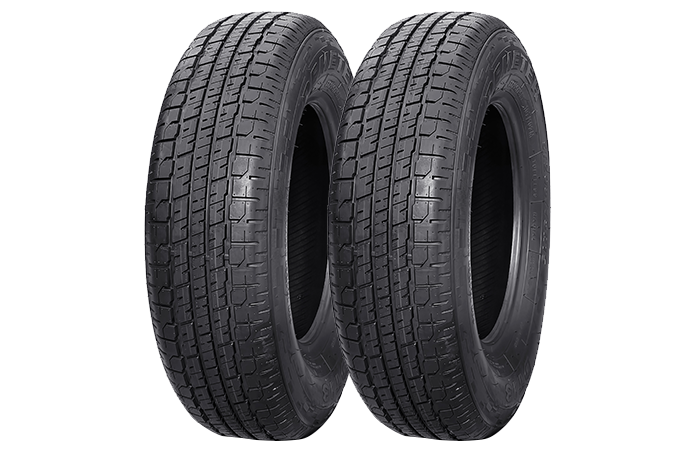
Knowing how to spot problems with your trailer tires and understanding the signs of wear and tear can save you a lot of trouble. Whether it’s a crack in the sidewall, uneven tread or a bulging tire, it should be dealt with immediately. Check your trailer tires regularly to keep them properly inflated and replace them if necessary.
Ready to upgrade your tires? If you need durable, reliable trailer tires, check out our 205/75R15 and other premium sizes. Don’t wait until your tires fail, replace your trailer tires now and enjoy safer, smoother towing!




